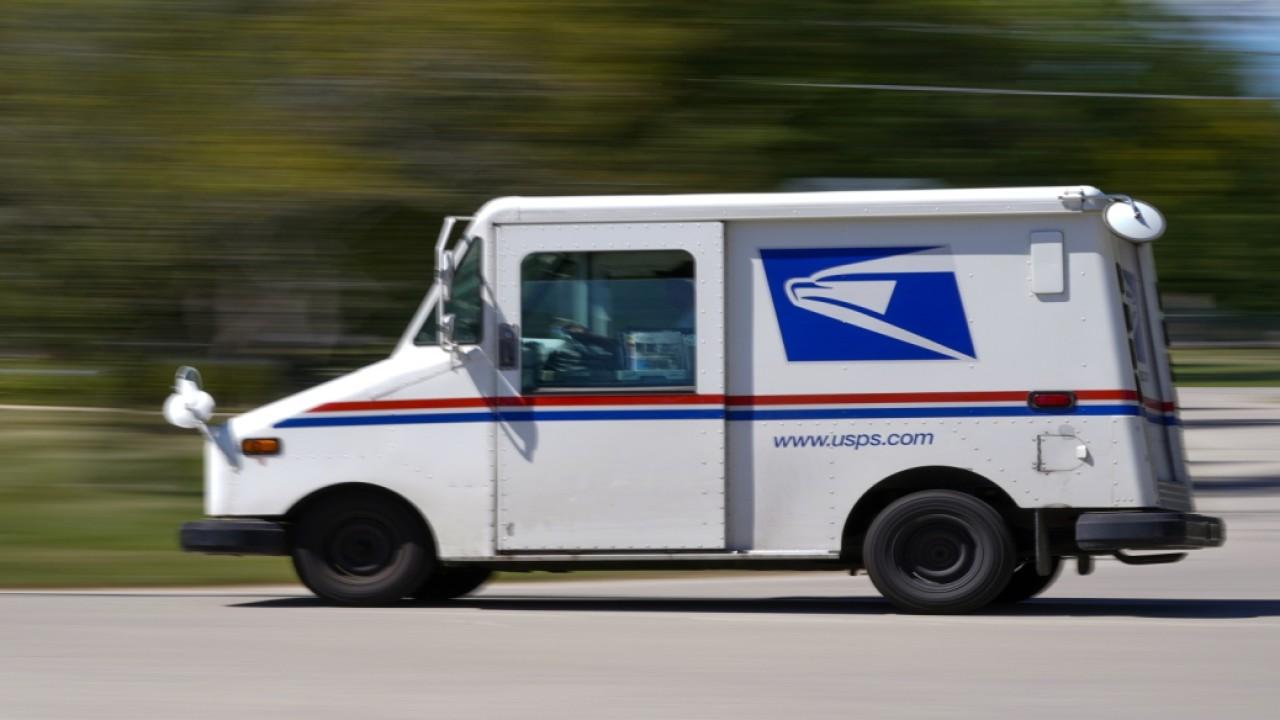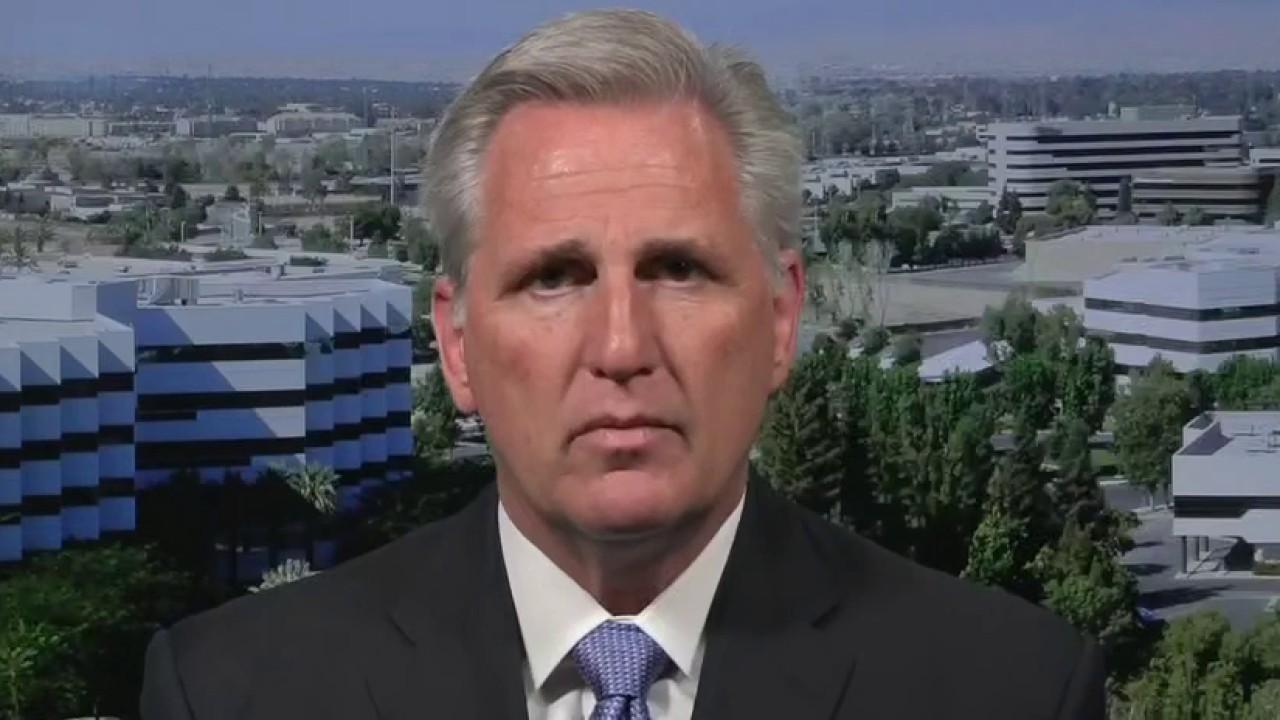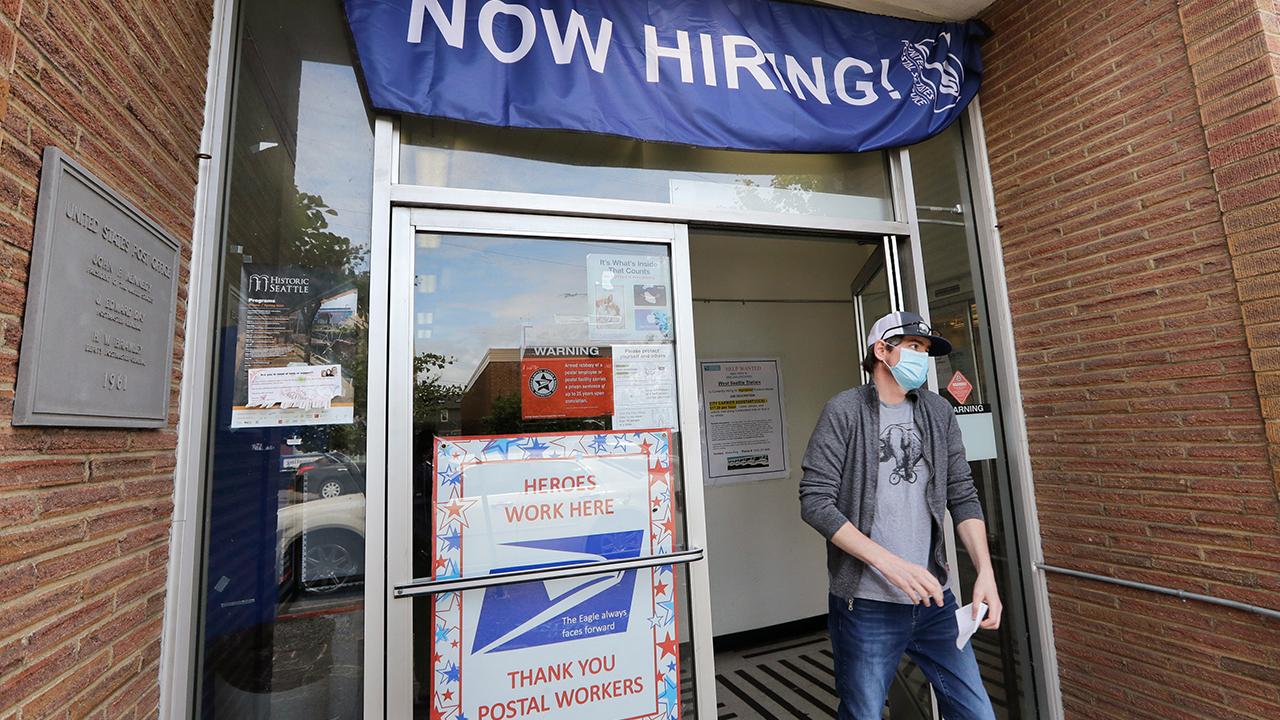Cash-strapped Postal Service struggled to placate Amazon during coronavirus upheaval
Emails and memos reveal new details about the agency’s continued woes
Struggling with declining sales during the coronavirus lockdown this spring as well as mail carriers worried about contracting the deadly infection, the U.S. Postal Service was simultaneously contending with the devasting potential loss of one of its biggest clients: Amazon.
Tensions between the service, a government agency that funds itself with sales of products such as stamps rather than tax dollars, and Amazon surged as the two parties attempted to negotiate a new contract in April, with pricing in question, according to nearly 10,000 pages of emails, legal memos, presentations, and other documents obtained by the Washington Post.
Long crimped by a Congressional mandate that it fund pensions in advance, the agency has also come under attack repeatedly from President Trump, who accused it of undercharging Amazon.
The Postal Service, however, maintains its business delivering packages for the e-commerce giant has partly made up for the decline in first-class mail during the digital era.
Amazon drove around $3.9 billion in revenue and $1.6 billion in profit for the Postal Service in 2019 and the Postal Service delivered 1.54 billion packages on Amazon’s behalf. The company's founder and CEO, Jeff Bezos, is the owner of the Post and the world's richest man.
At one point, Amazon executives voiced "their concerns" about the Postal Service's economic issues and questioned its “viability" as a continued shipping partner, according to the documents.
CLICK HERE TO READ MORE ON FOX BUSINESSWORKING AT THE U.S. POSTAL SERVICE: EVERYTHING YOU NEED TO KNOW
The Postal Service, which has been operating in the red for years, was already $160.9 billion in debt when the pandemic began, and it only made matters worse. Officials predicted a $23 billion loss over the next 18 months in April.
Though the documents do not indicate the status of the current relationship between Amazon and the Postal Service, they do pose questions: “What does the USPS look like in the new few weeks, the next few months and the next several years?”
While the Democratic-led House of Representatives proposed setting aside $25 billion to help fill the agency's financial hole, Senate Republicans shaved off $12 billion, and the president later threatened to veto any bill that included aid to the agency.
Ultimately Congress approved a $10 billion loan with the passage of the CARES Act, but records show the figures spooked members.
Additionally, three separate email chains showed the U.S. Treasury Department had demanded operating control over the agency in exchange for the $10 billion loan, but ultimately backed away from the idea amid opposition from Postal Service leaders and congressional Democrats.
Mail carriers, meanwhile, had revolted over health concerns as the COVID-19 pandemic took hold of the nation in March and April.
Some 600,000 employees in total, all deemed essential workers, and their spouses wrote impassioned pleas for help to then-Postmaster General Megan Brennan and her top aides.
“I literally was on the phone today with many of my members screaming at me to do something [and] I don’t want to die,” an unnamed New York City union official wrote. “You cannot expect the unions to convince the employees that if they come to work they have nothing to worry about.”
Around a week later, the Postal Service publicly pledged to stock up on personal protective equipment and allow employees to more easily take leave.


